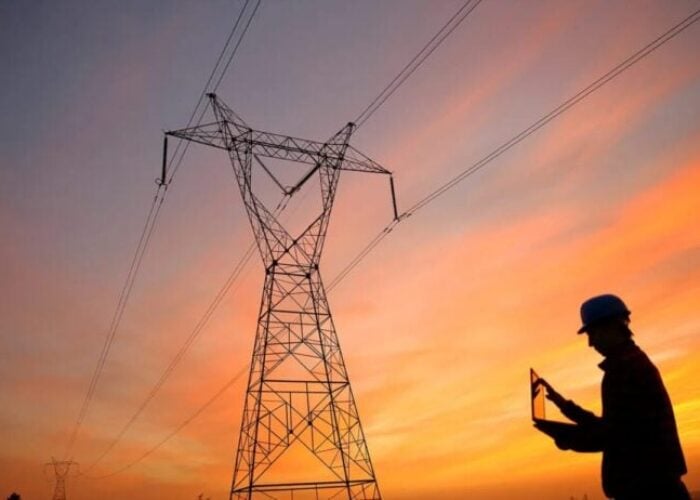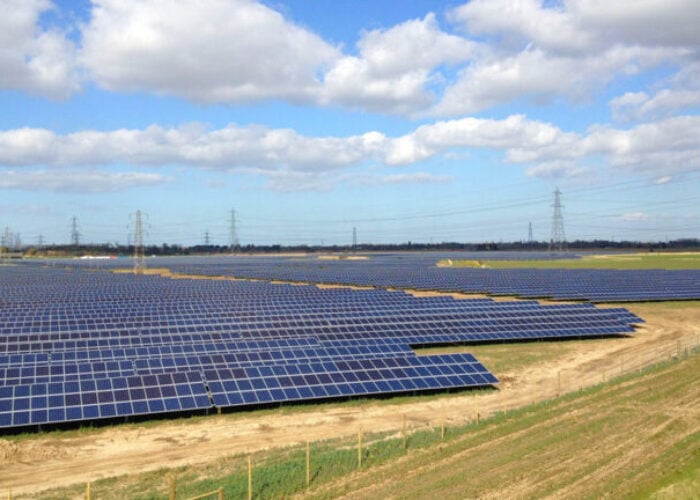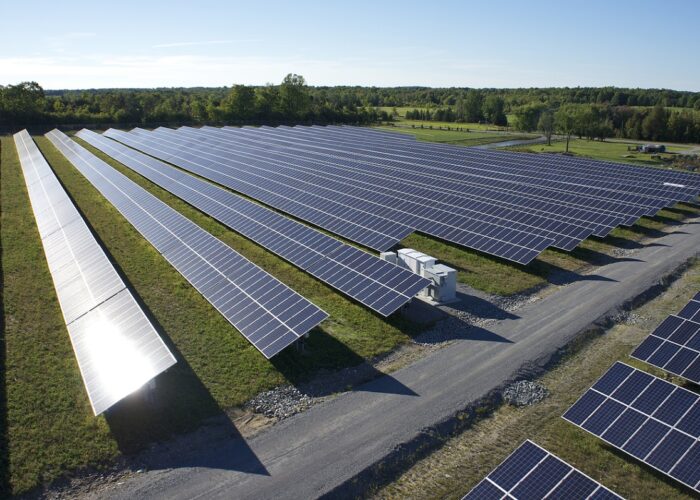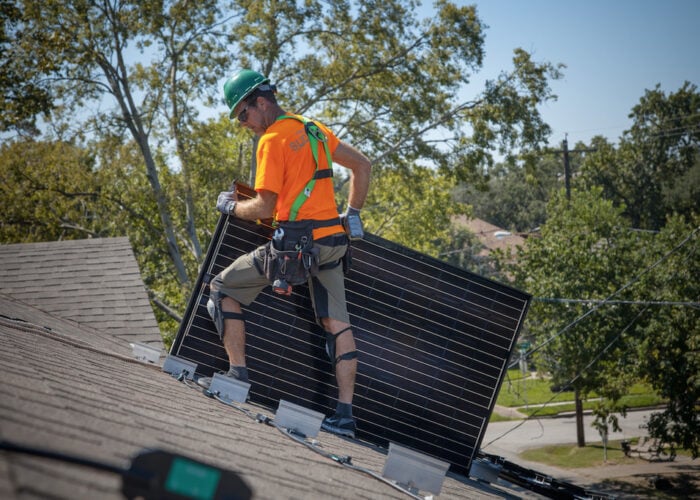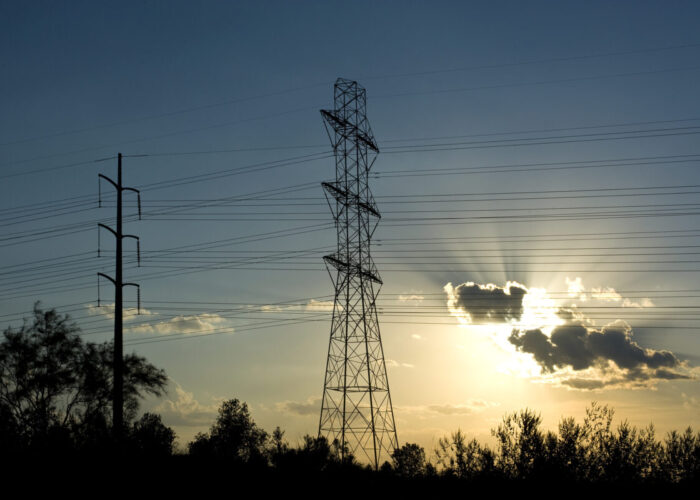The domestic content requirement (DCR) for the latest batch of tenders under India’s JNNSM national solar programme is a “step backwards” and should be “short term” until anti-dumping duties are implemented.
Ajay Goel, CEO of Tata Power Solar, an Indian solar module manufacturing arm of the multinational Tata Group, has told PV Tech the JNNSM DCR is lower than last year’s allocation, and that anti-dumping duties would be a preferable means of bolstering India’s solar market.
Unlock unlimited access for 12 whole months of distinctive global analysis
Photovoltaics International is now included.
- Regular insight and analysis of the industry’s biggest developments
- In-depth interviews with the industry’s leading figures
- Unlimited digital access to the PV Tech Power journal catalogue
- Unlimited digital access to the Photovoltaics International journal catalogue
- Access to more than 1,000 technical papers
- Discounts on Solar Media’s portfolio of events, in-person and virtual
India’s Ministry of New and Renewable Energy (MNRE) published its guidelines for developers bidding in the second batch of the second round of the JNNSM last week.
As part of the JNNSM’s objective to advance domestic manufacturing, 500MW of the second batch of round two is to be under DCR – 250MW for 2014 and 250MW in 2015. All solar cells and modules under the DCR element must be made in India.
“It’s a step backwards,” said Goel, as the DCR for JNNSM last year was a much more ambitious 375MW.
Goel said there was an expectation that the ministry would reserve at least 50% of the national solar mission for DCR.
The full allocation of solar tenders available under the NSM for 2014-2015 is 1,500MW. There should be “at least 750MW of DCR allocated”, said Goel.
As the national solar mission is separated into two six month blocks, spread over 2014 and 2015, Goel’s proposed 750MW of DCR would result in 375MW of demand for domestic manufacturers a year, the same as in the current first batch of round two. “The DCR has gone from 375MW a year, to 250MW,” he said.
Goel argued against reports of domestic manufactures struggling to meet that 375MW local content goal in batch one. “Domestic cell manufacturers have the capacity, lowering the DCR will make manufacturers very unhappy,” he said.
In March, a letter from industry body, the National Solar Energy Federation of India (NSEFI) expressed concern that India’s manufacturing capacity is too low to meet the DCR demand.
NSEFI claimed the capacity quotes from domestic manufacturers are exaggerated to be higher than actual nameplate capacity – which NSEFI estimated in March, stood at a maximum of 150MW.
NSEFI claimed some manufacturers are running at zero capacity, and would take months to ramp operations, with instability because of a lack of finance.
Solar energy analyst for Bridge to India, Jasmeet Khurana also told PV Tech in March that Indian manufacturers “don’t match up to their international counterparts on either scale or technological improvements.”
But Goel challenged these claims.
“People were complaining that there was not enough time [for domestic manufacturers to meet demand], but now that is not an issue, it is misinformation.”
Anti-dumping
However, Khurana also told PV Tech yesterday that government officials had privately indicated that if anti-dumping duties are introduced, then the 500MW DCR in the second batch of round two would be removed.
In May, India published proposals for anti-dumping duties on US, Chinese and Malaysian solar manufacturers, for up to US$0.81 per watt. A final decision on the proposed duties is expected this August.
“Anti-dumping would be preferable to DCR; it puts India on a level playing field,” said Goel.
DCR should be a “short-term solution until anti-dumping is implemented, then get rid of DCR, so it is an open market”, said Goel.
Anti-dumping would encompass all imports, for private, and public state and national solar programmes, whereas DCR would only affect solar developments that are part of the national solar mission. “Anti-dumping would be easier to administer, whereas DCR is just for the national solar mission,” Goel explained.
JNNSM criticism
Meanwhile, the scope of the next phase in the JNNSM just announced has come under more general fire for lacking ambition.
India’s new prime minster Narendra Modi campaigned on a ticket to increase access to power in India through massive investment in solar. But talking to PV Tech, Raj Prabhu, CEO of Mercom Capital Group, a clean-tech communications and research firm, said the new JNNSM guidelines are “just status quo”.
“I am surprised, we have been saying that this new administration’s going to do something, and everything is going to change, but it looks as if nothing has changed in terms of policy [..] it is just status quo, so I am very surprised,” said Prabhu.
“There is strong support for [Modi] for whatever he wants to do now, so should take advantage of the current situation and push through [new policies] because solar in India needs help.”

